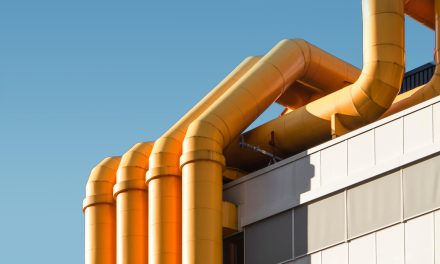This report presents the findings of a comprehensive numerical study into CO2 storage in depleted gas reservoirs, addressing plume migration, pressure evolution, and geochemical interactions under both idealised and field-relevant conditions. Using the MATLAB Reservoir Simulation Toolbox (MRST), we first conducted a series of basic simulations in a homogeneous 3D reservoir. These confirmed fundamental behavior: a buoyant CO2 plume rising and spreading beneath caprock, pressure build-up near the injector that relaxes once injection ceases, and the onset of key trapping mechanisms such as structural entrapment under the seal, residual trapping in pore throats, and solubility trapping in brine.
Building on these insights, realistic simulations introduced geological heterogeneity representative of the P18-6 North Sea field, variable injection rates, and CO2 – N2 mixtures. We found that higher background pressures confine lateral plume growth, while N2 dilution enhances buoyancy and increases plume footprint. A stepwise “ramp-up” injection schedule mitigates early overpressure compared to a constant-rate strategy, offering a simple operational lever to protect well integrity. Heterogeneity in porosity and permeability further modulates plume geometry, underscoring the need for detailed site characterization.
To capture early geochemical feedback, a reactive-transport slice model tracked aqueous and mineral species over ten days of CO2-rich, low-salinity injection. Near the well, rapid acidification drives calcite dissolution, temporarily enhancing pore volume, while downstream zones show nascent re-precipitation that could gradually reduce permeability. These spatial patterns highlight where mineral trapping may emerge and where injectivity could evolve over time.
Finally, we synthesized pressure fields, saturation maps, and geochemical zoning into a preliminary geotechnical evaluation. This data-driven framework identifies the first two months of injection as the critical window for pressure management, confirms plume confinement within reservoir bounds, maps residual trapping footprints as early security against remobilization, and forecasts zones of mineral alteration that may influence injectivity.
Collectively, these results deliver actionable guidance for CO2 storage design: tailoring injection rates to reservoir pressure, anticipating plume extents based on fluid composition, and planning monitoring of both pressure and chemistry to safeguard seal integrity. While further work, particularly coupled geomechanical and long-term reactive-transport modelling, would deepen these insights, our study lays a clear methodological and interpretive foundation for the safe, efficient deployment of geological CO2 storage.




